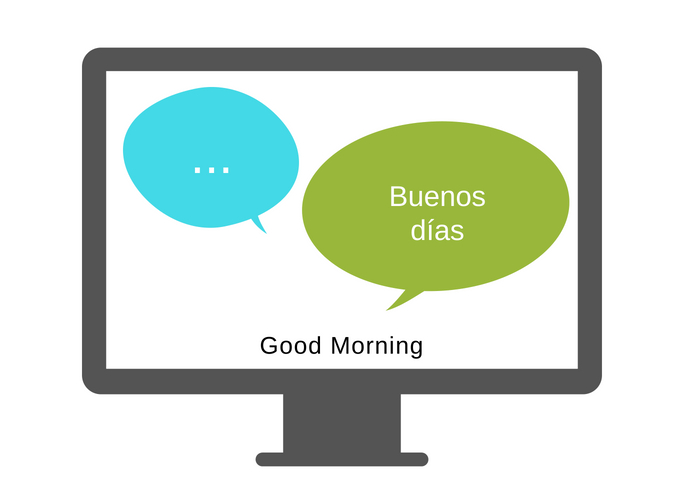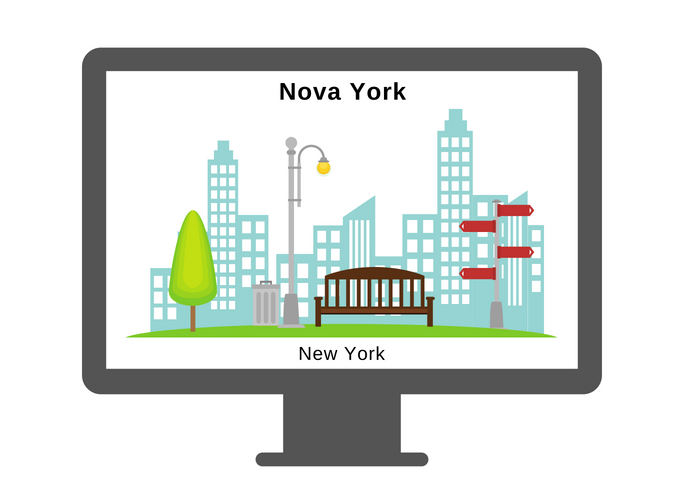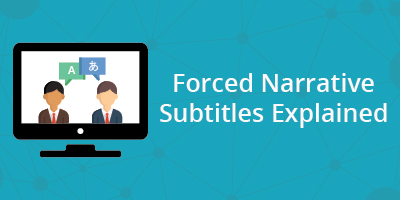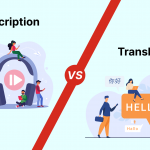
Forced Narrative Subtitles Explained
In the global entertainment landscape, bridging language gaps for universal understanding is essential. Forced Narrative Subtitles , often abbreviated as FN subtitles, are unsung heroes. These unobtrusive lines of text, strategically placed on screens, play a vital role. They preserve linguistic nuances and visual subtleties in translation. This article explores the significance and diverse applications of FN subtitles, showcasing how they foster international connections.
What are Forced Narrative Subtitles?
Forced narrative subtitles, also known as FN subtitles, are discreet textual additions strategically placed within visual media. Unlike conventional subtitles, these snippets of text are not optional – they are omnipresent, offering essential context that might be missed through visuals or audio. Their primary purpose lies in clarifying critical aspects of the storyline, ensuring that audiences, regardless of their native language, remain fully immersed in the narrative.
The Importance of Forced Subtitles in Breaking Language Barriers
Here are some of the ways that forced subtitles can help break language barriers:
- They make content accessible to a wider audience: Forced subtitles allow people who speak different languages to watch and enjoy the same content. This is especially important for people who live in multilingual societies or who are traveling to foreign countries.
- They can help people learn new languages: By watching foreign-language content with forced subtitles, viewers can be exposed to new vocabulary and grammar structures. This can help them to improve their language skills over time.
- They can promote cultural understanding: Forced subtitles allow viewers to experience foreign-language content in its original form. This can help them to learn about different cultures and perspectives.
Diverse Usages of Forced Narrative Subtitles
1. Foreign Dialogue Segments:
FN subtitles decode conversations in languages distinct from the primary one, ensuring viewers grasp the essence of the dialog, thereby preserving the emotional depth of the scene.

2. ‘Label’ Translations
On-screen labels, location names, and date/time indicators are seamlessly translated, allowing non-native viewers to engage fully with the textual content, thus enhancing their overall viewing experience.

3. Text as a Visual Element
FN subtitles aid viewers in comprehending textual elements integrated into scenes, such as text messages, letters, or signboards. By making these elements accessible, FN subtitles enrich the visual narrative.

4. Transcribed Audio
Inaudible or distorted dialogues, common in action-packed scenes or amidst background noise, are transcribed and displayed as FN subtitles. This ensures crystal-clear communication, preventing any loss of crucial information.
5. Unusual Communication
FN subtitles play a pivotal role in scenarios featuring unique forms of communication, like fictional languages. By translating these unconventional dialogues, FN subtitles bridge the understanding gap, enabling viewers to immerse themselves fully in the storyline.

The Role of Quality Forced Subtitles Providers
Forced subtitles, to be effective, must be accurate, timely, culturally sensitive, and seamlessly integrated into the visual narrative. At Voxtab, we recognize the nuances of forced narrative subtitles. Our specialized services guarantee precision, ensuring that your content resonates globally without overwhelming your audience. By entrusting us with your subtitling needs, you can elevate your content’s impact and reach, building connections that transcend linguistic barriers.
Conclusion:
By breaking language barriers, forced narrative (FN) subtitles help create a crucial connection of dialogues, emotions, and narratives with the audience. Video content with translated subtitles knows no boundaries; it can be seen and enjoyed by the audience from any part of the world. This highlights the importance of subtitles, and even more crucial is to have translated subtitles that are precise and convey the messages as they are supposed to be.
At Voxtab, we go beyond mere linguistic accuracy. Our dedicated team of language and subject matter experts, operating in 50 different specialties, understands cultural nuances and delivers context and meaning, not just words. Whether you’re in business, academia, law, medicine, or any other field, trust us to provide accurate and culturally sensitive solutions tailored to your needs.









Share your thoughts